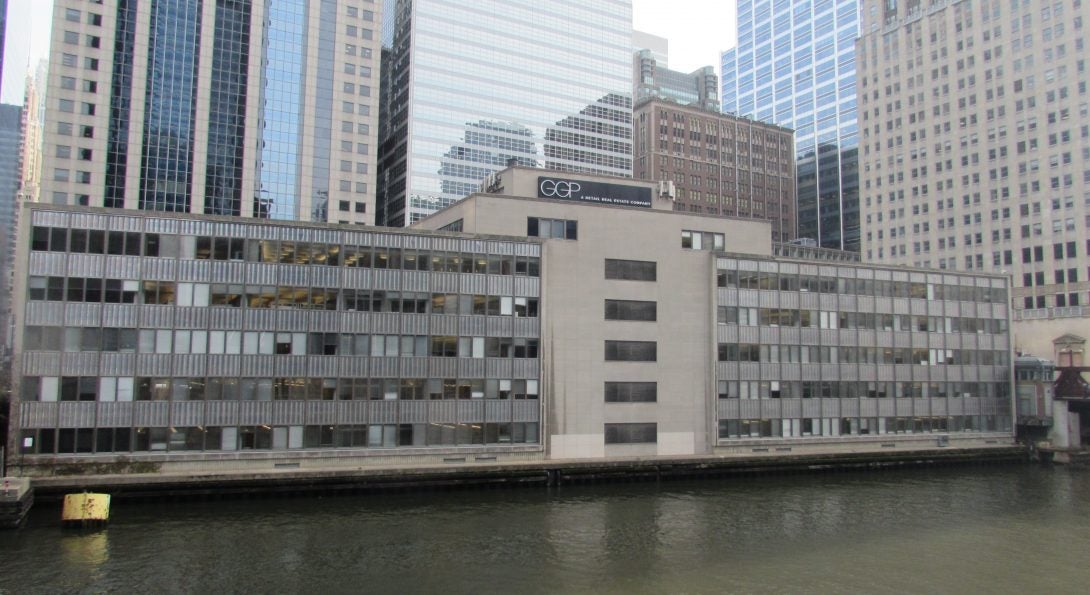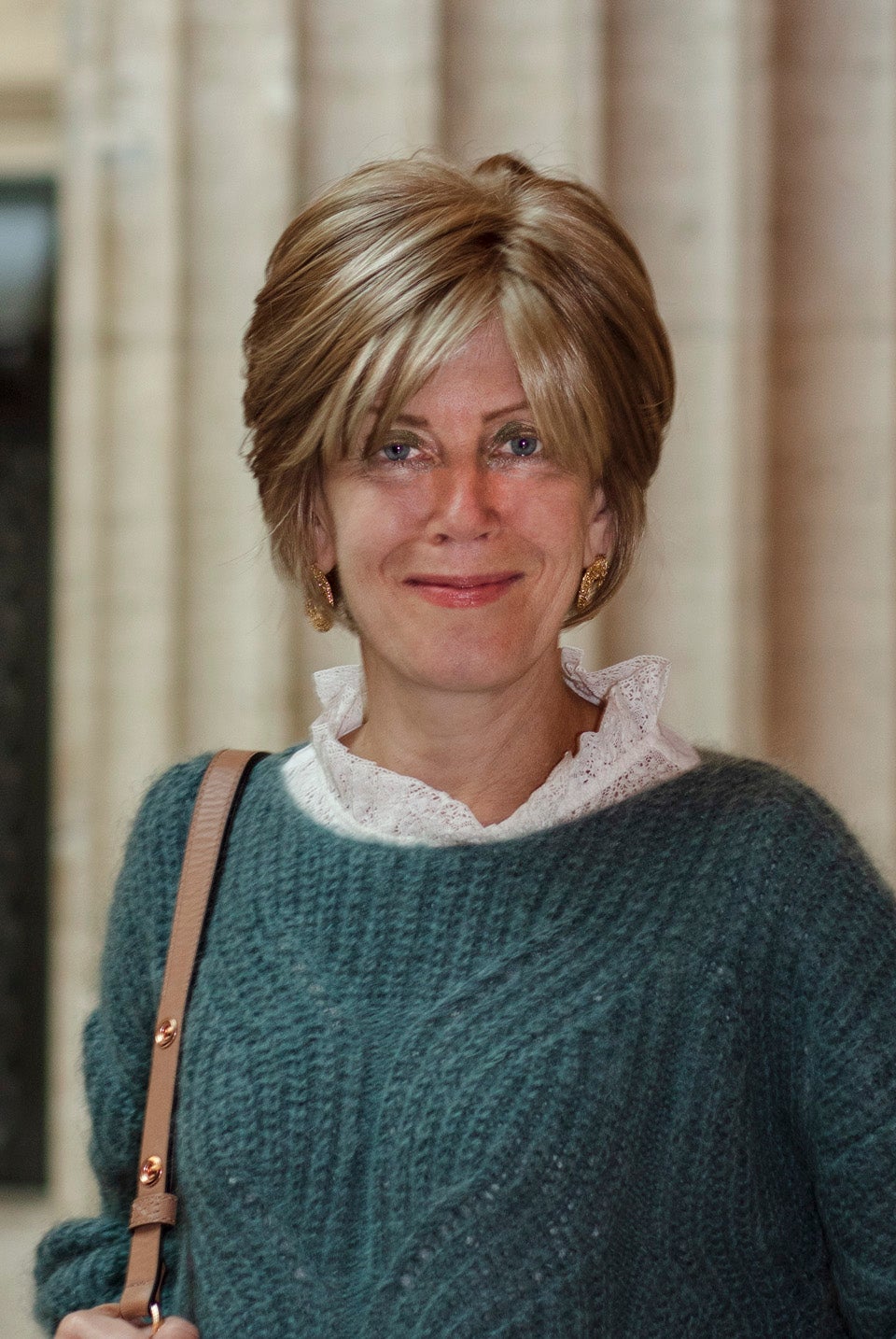Jean Guarino

Jean Guarino Heading link

JEAN GUARINO, Ph.D.
GUARINO HISTORIC RESOURCES DOCUMENTATION
844 Home Avenue, Oak Park, IL 60304
708.386.1142 | guarinojl@gmail.com | jeanguarino.com
When did you decide that you want to pursue a degree in the Art History Department and what circumstances/factors influenced your choice?
I had no background in art or architectural history prior to pursuing my MA in the AH Department; in fact, I worked for a U.S. Congressman in Washington D.C. immediately after college as I majored in political science as an undergraduate. Upon returning to Chicago, I worked for a non-profit that focused on historic preservation and economic revitalization projects, which initially sparked my interest in historic buildings. At around this time, I also went through the docent training programs at both the Frank Lloyd Home and Studio and the Chicago Architecture Foundation and loved giving those tours. I enrolled in the MA program because I wanted to learn about architectural history while continuing to work at my full-time job in the Loop.
What were the benefits and challenges of attending a PhD program at UIC and Chicago?
I can only think of benefits! Foremost was access to an excellent research library—the Daley Library—including its plethora of bound architectural journals on the second floor, which I consulted regularly, as well as its wide-ranging collections on architecture and urban development. These materials were invaluable to my research for class papers, and later, for my dissertation. I still visit the library regularly for work-related research, and I feel fortunate that I’m able to check out books as an alumnus.
The provision of evening seminars is very helpful for part-time students such as myself who worked during the daytime hours. And attending a PhD program in a major city like Chicago provides a multitude of benefits in terms of access to other research institutions, like the Burnham & Ryerson Libraries, as well as opportunities for networking with professionals in your field.
How did your mentors, friends and colleagues at UIC shape your experience at the university and the Art History department? Do you have any memories you would like to share with us?
The in-depth knowledge demonstrated by my professors in the AH Department, many of whom are now retired, played a big role in increasing my own enthusiasm for the topics I studied. My classes on Italian Renaissance art and architecture with Prof. Robert Munman inspired subsequent trips to Florence and Rome to seek out and photograph some of my favorite paintings, sculptures, and buildings.
I am most grateful for the guidance and mentorship of Robert Bruegmann, who served as my PhD advisor and dissertation committee chair. Bob helped me formulate the ideas for my dissertation though an independent study course and in countless subsequent discussions. And on one occasion, he even talked me out of quitting the program when I was exhausted from the simultaneous demands of dissertation, work, and raising two young boys! Peter Hales was another brilliant professor and mentor, who tragically died in a bicycle accident prior to my dissertation defense. And Prof. Jonathan Mekinda’s work regarding Italian design has inspired me in post-UIC independent research pursuits!
I was also fortunate to receive several Board of Trustees fellowships from the AH Department over the course of my doctoral studies, which were instrumental to helping me complete the program.
What inspired you to choose a career as an independent architectural historian?
My historic building documentation work is definitely a niche…I knew a couple of people who pursued this type of work when I was pursuing my MA and it seemed really interesting to me. My interest was cemented back in 1996 when I applied for, and received, the Sally Kress Tompkins Fellowship from the Society of Architectural Historians. This allowed me to spend a summer in Philadelphia working as project historian with a team preparing Historic American Buildings Survey (HABS) documentation for the 1848 Church of St. James the Less. It was a great experience, and as soon as I completed my MA shortly thereafter, I quit my job as a public relations manager at the FLW Home and Studio to pursue similar types of projects as an independent architectural historian.
Could you describe your recent professional accomplishment?
Finally getting a website designed for my business! I’m not sure that I can pinpoint one particular project….I just really enjoy the diversity of my work and the wide variety of building types/structures that I get to photograph, research, and write about—everything from bascule bridges to office buildings. I am always learning, and the projects in which my reports are used for preservation planning purposes are especially rewarding.
Looking back at your undergraduate and graduate school years, what decisions you’ve made have had a positive impact on your career?
In terms of my career, it was very helpful for me to continue working while pursuing both my MA and PhD. While the juggle of work and school can be really difficult, it helps students maintain their contacts and income while figuring out their next steps post-degree.
Drawing on your own experience, what advice do you have for current graduate students who are considering diverse their career options?
In this competitive job market, I think it’s important for graduate students to consider various options for their career that extend beyond academia and museum work. A city like Chicago provides many work opportunities for someone with an art/architectural history background but students need to take the initiative and focus on networking. Identify people doing work you find interesting and try to set up informal informational meetings to ask about their career trajectory, advice, and most important, other people they recommend you can talk to. Consider volunteering to work on a project for a firm/organization that you admire or getting on a “young professionals” board. Making personal and professional contacts with all kinds of people—architects, academics, real estate developers, and others—has proven hugely beneficial to my work over the years.